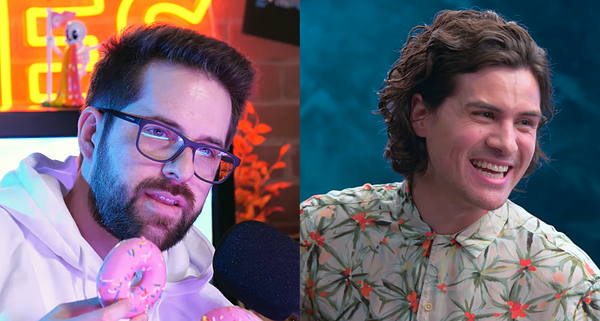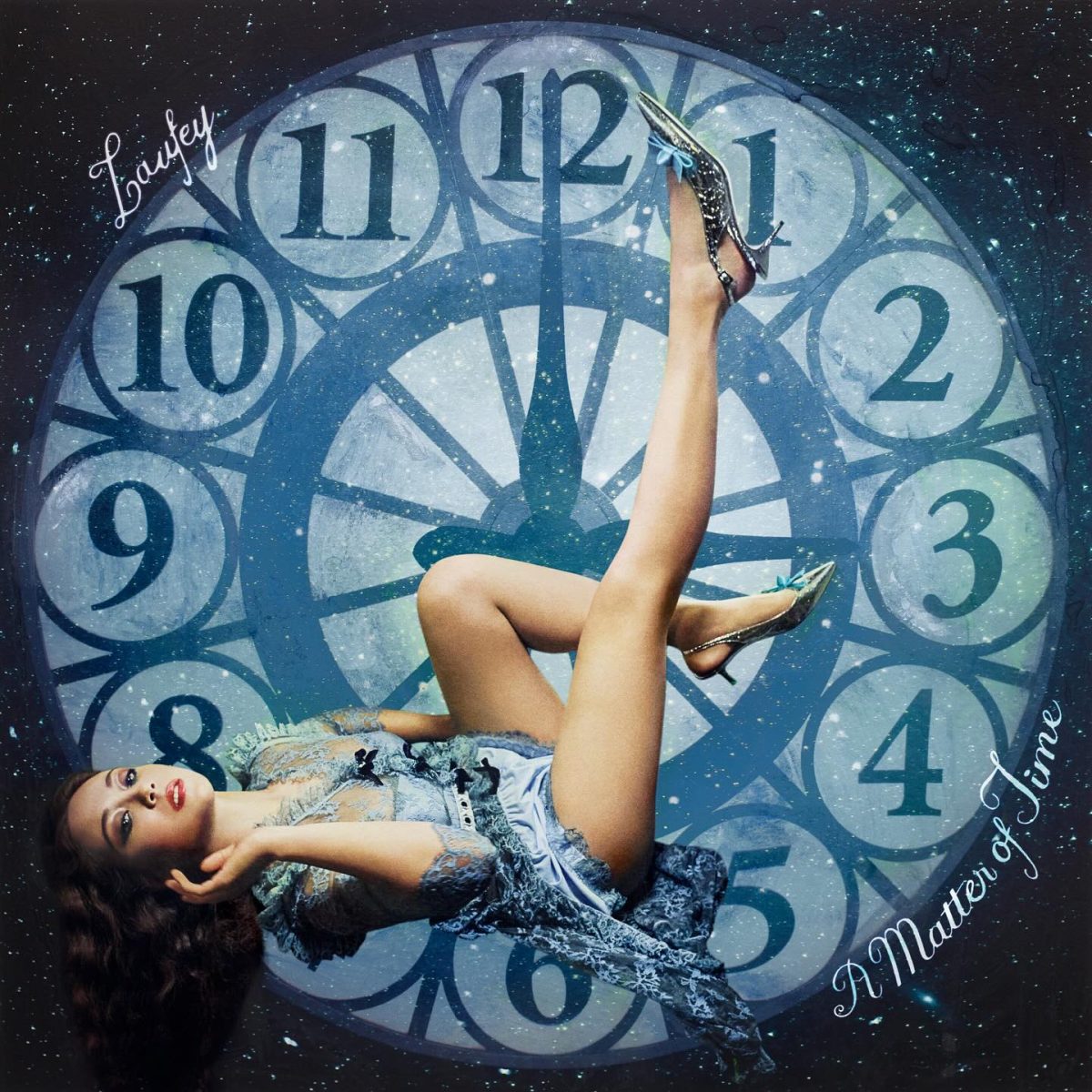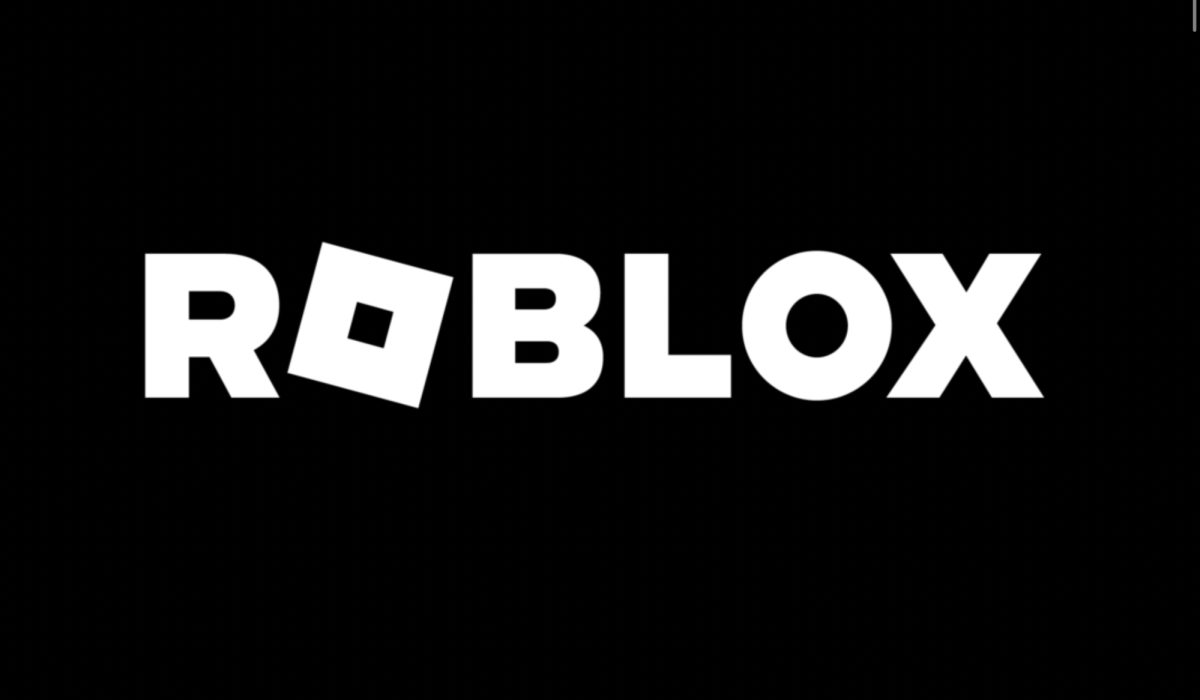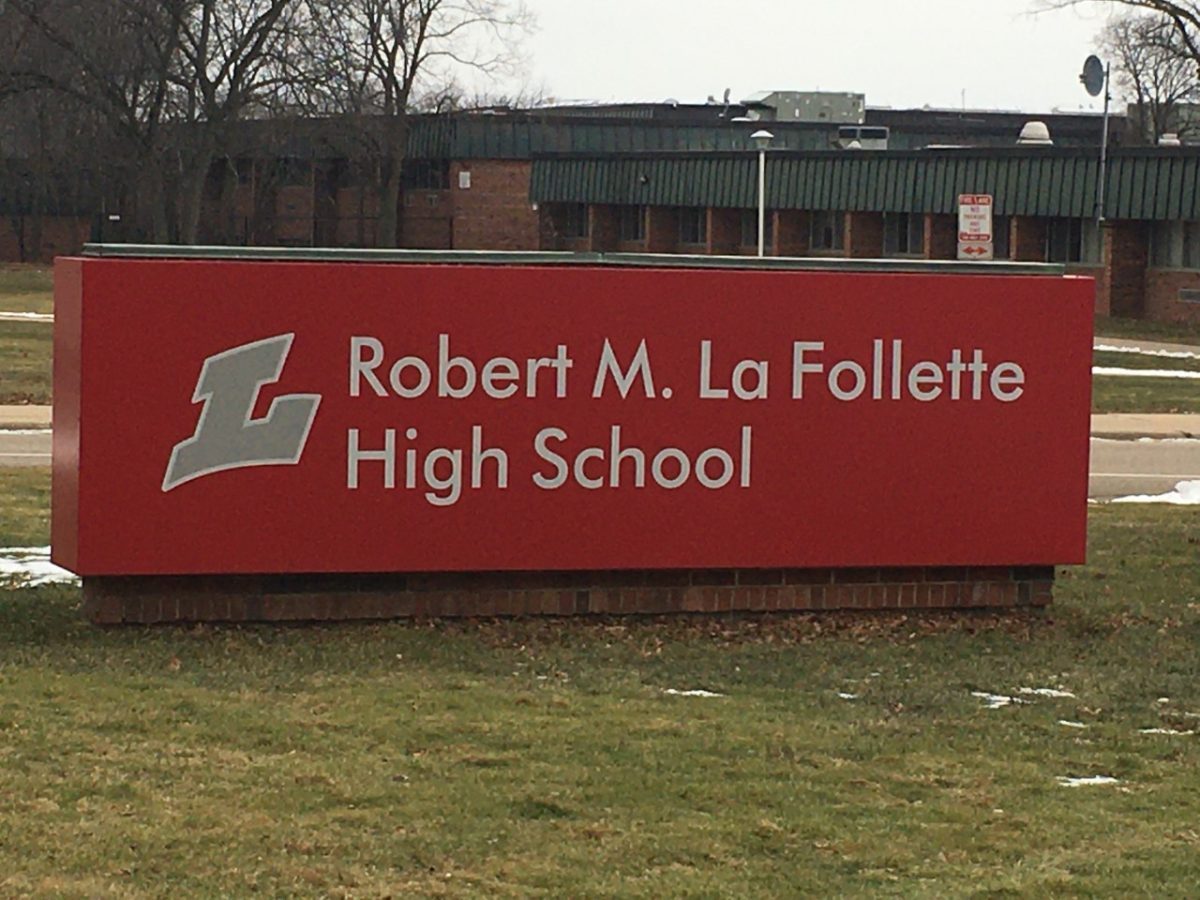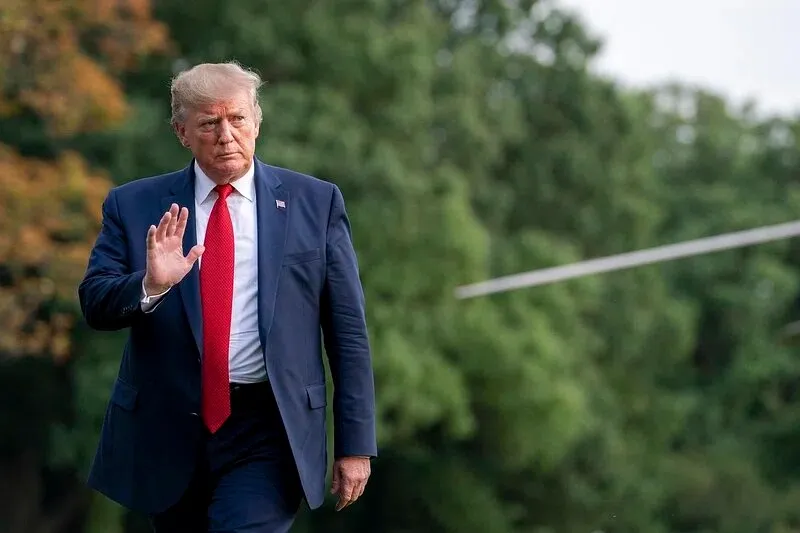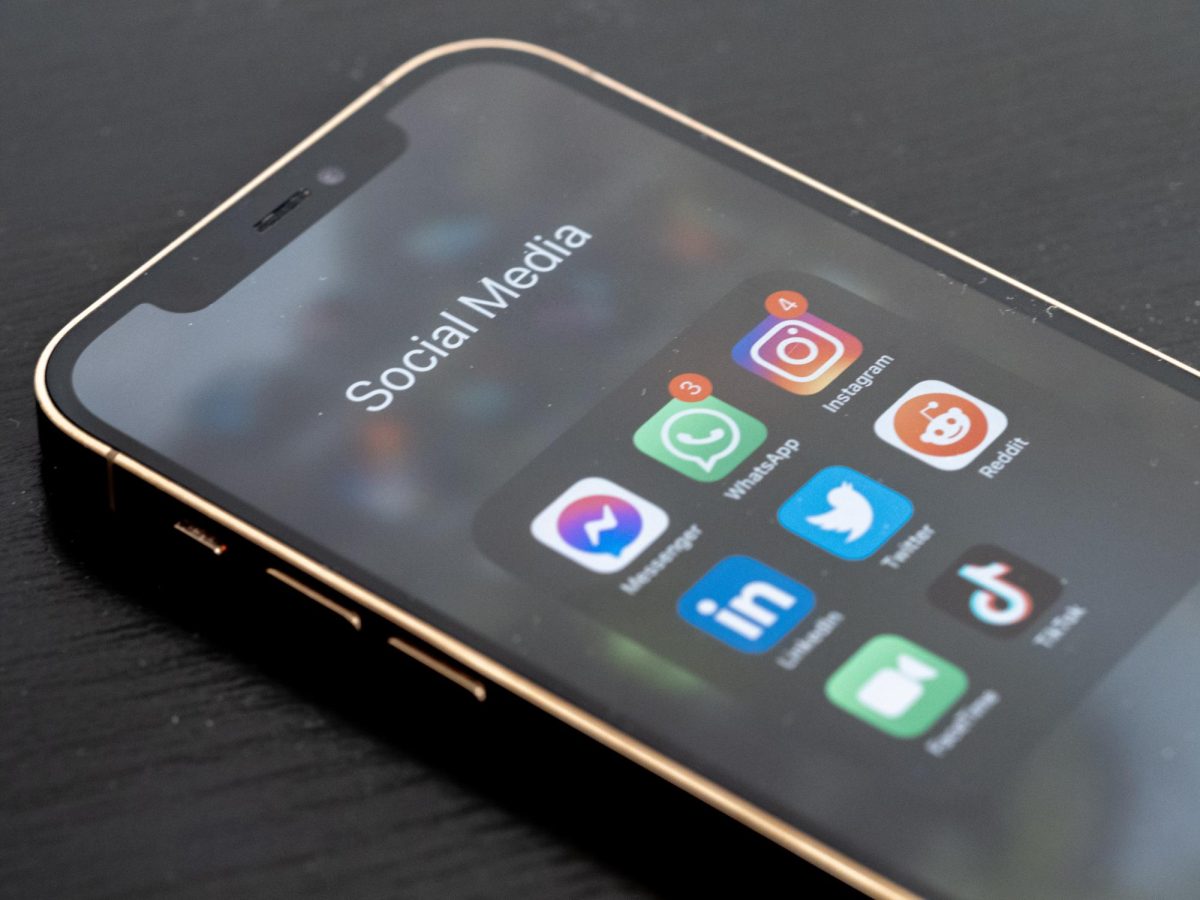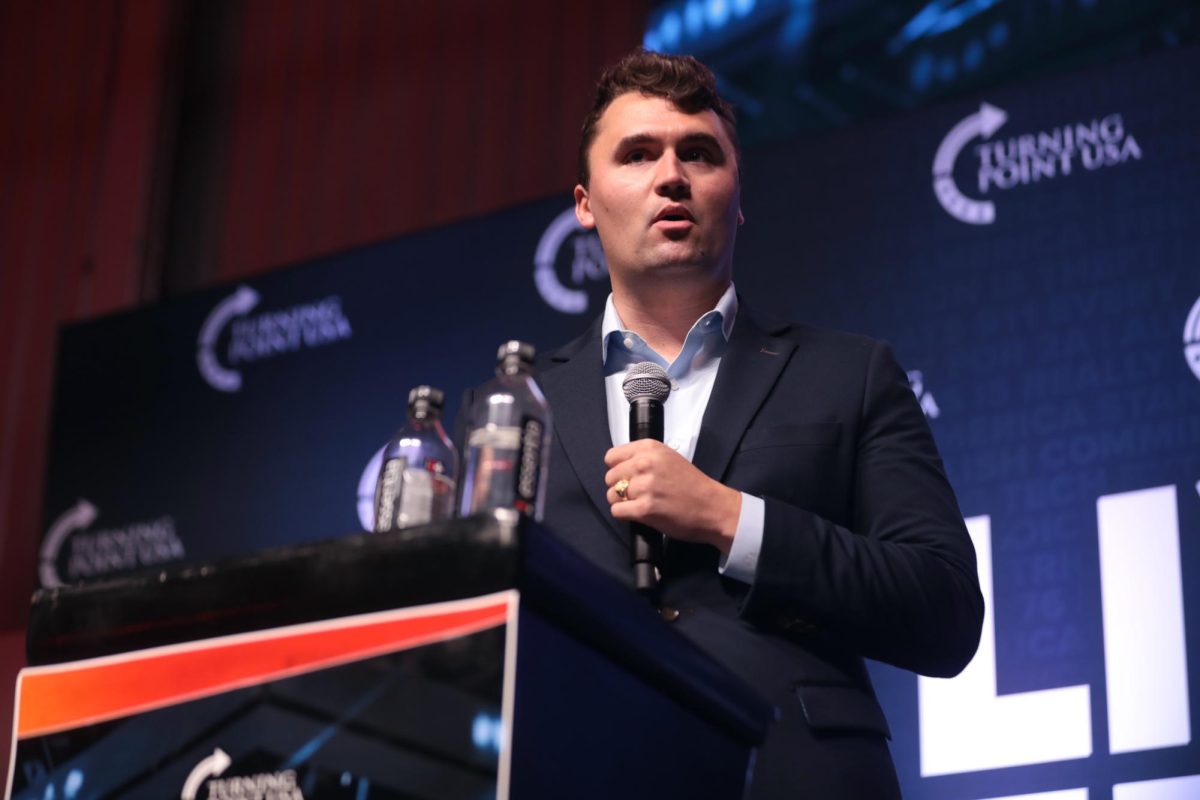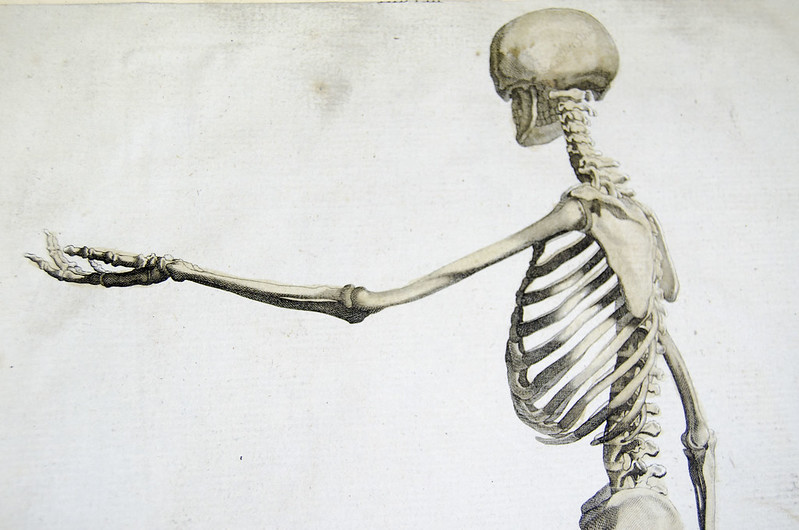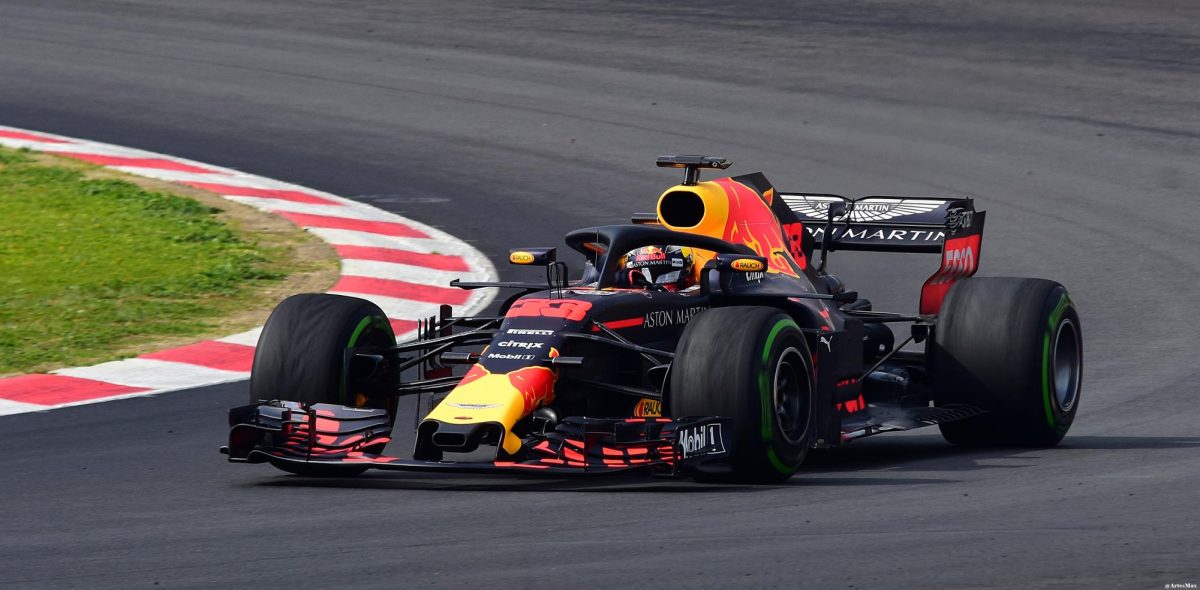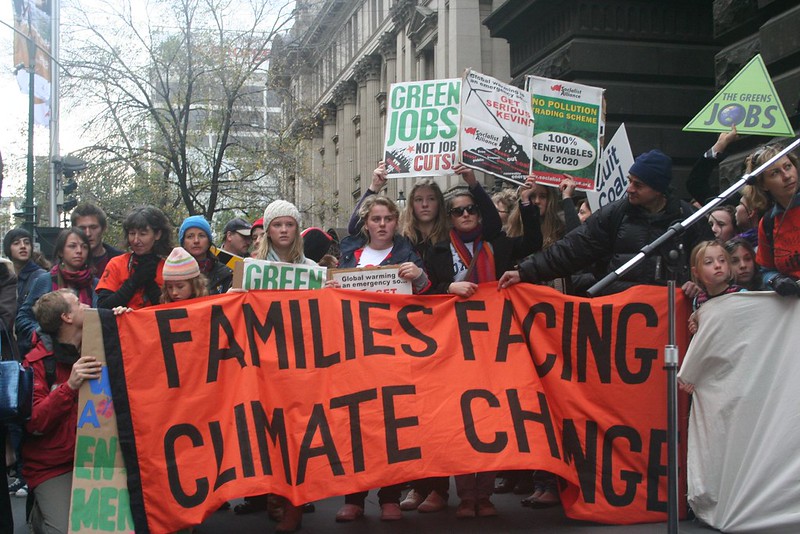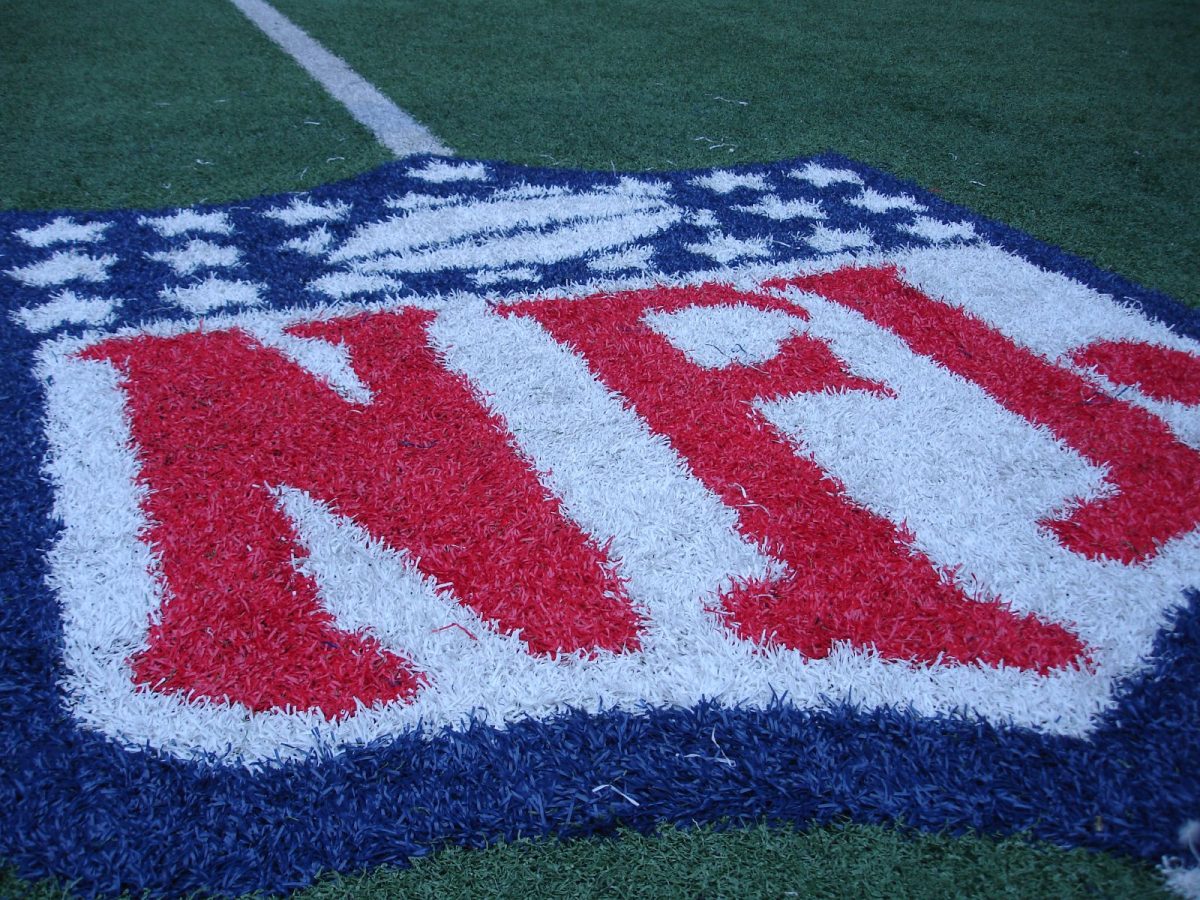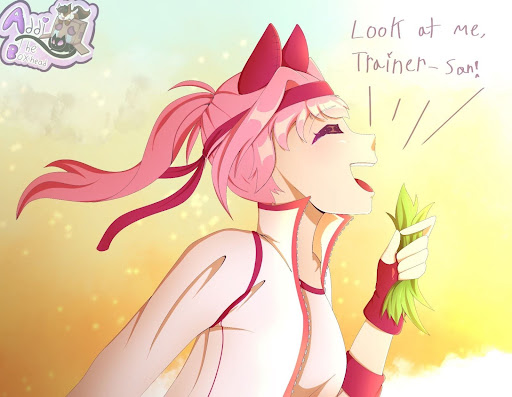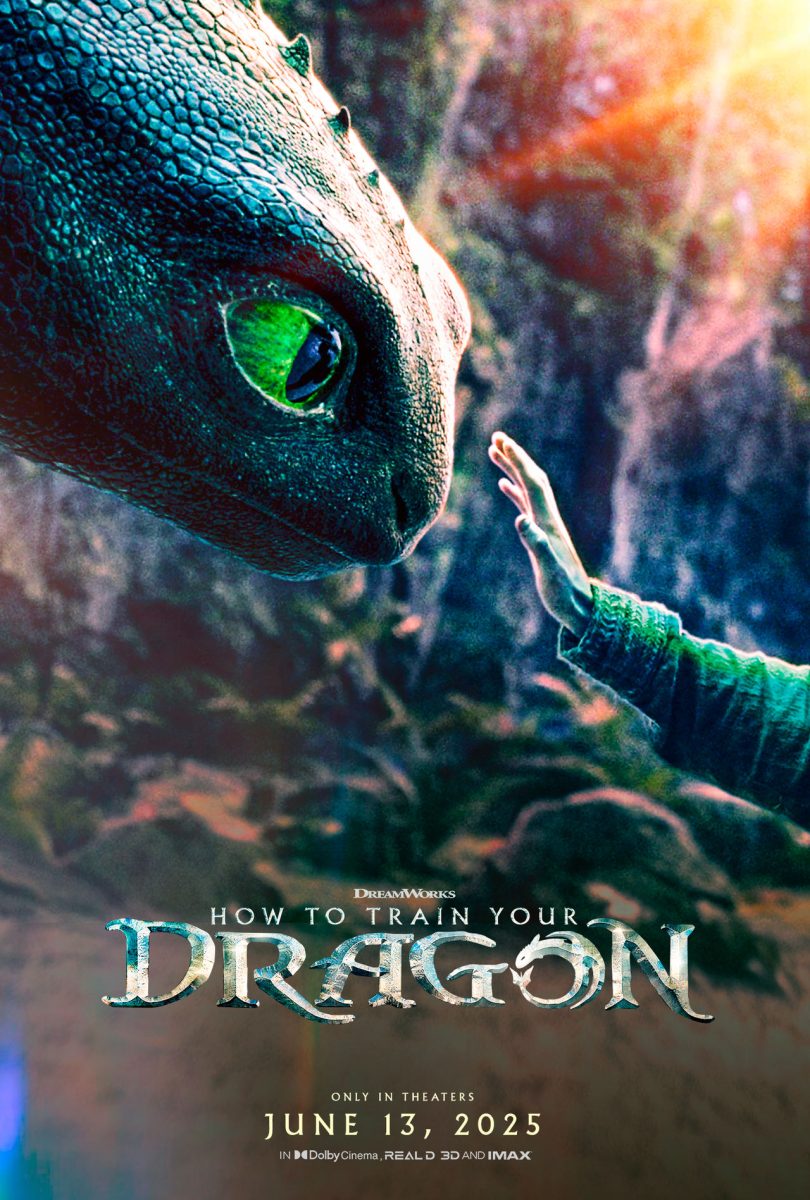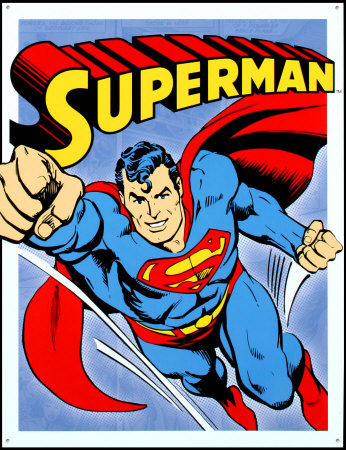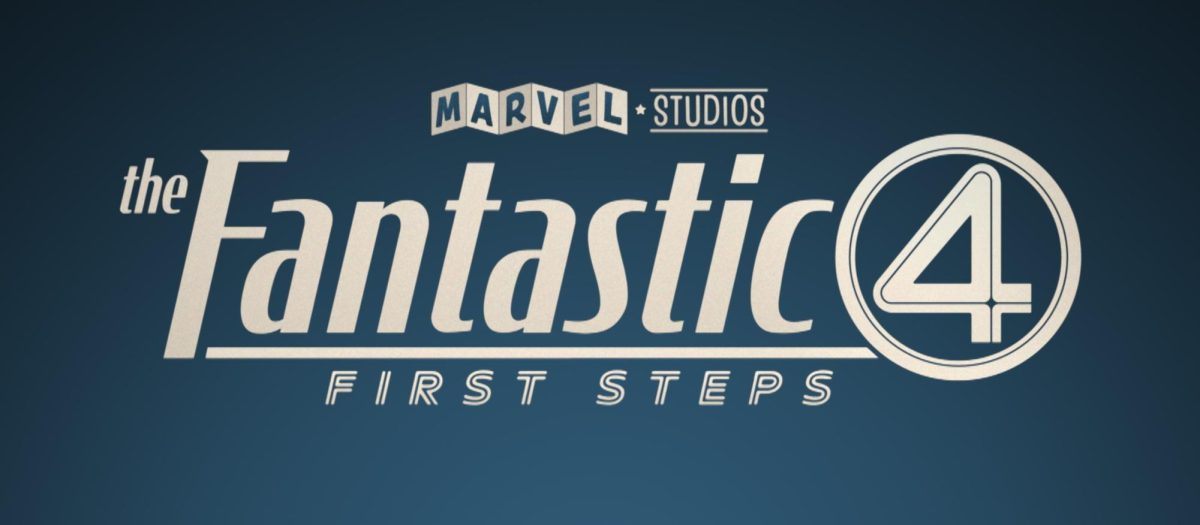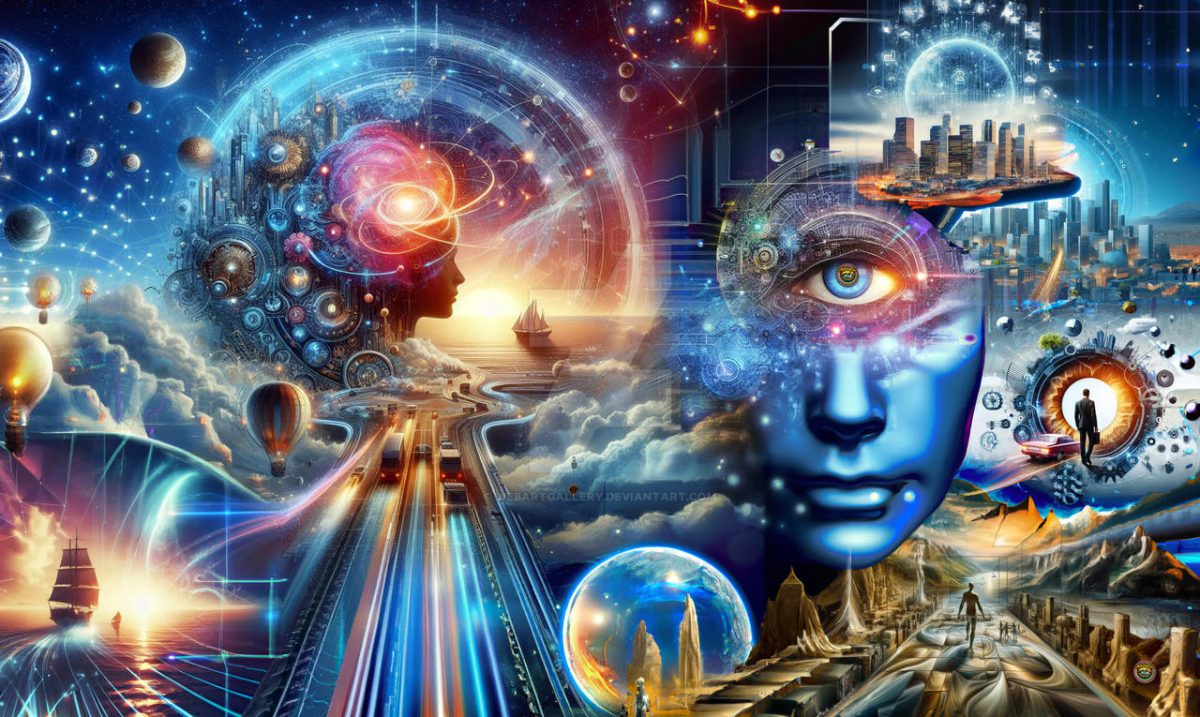Spoilers for Deadpool & Wolverine.
Multiple times throughout the 2-hour runtime of Deadpool and Wolverine, the titular merc with a mouth refers to himself as “Marvel Jesus”, positioning himself as the great savior that the prime MCU timeline has been waiting for. In the context of a Marvel Cinematic Universe that recently experienced both the greatest critical and financial lows it’s ever seen in its 16 years of existence (Ant-Man 3 and The Marvels respectively, for the record), the message from the film is clear: Marvel knows it has been doing poorly recently, and Deadpool and Wolverine is meant to be the tonic that finally revives it to its former glory. Looking at the film’s box office earnings (already over one billion dollars in its month since release) and critical and popular reception, one might be inclined to agree with that. Certainly, calls of “we’re so back” have been ringing around Marvel fan spaces since its release, much as they did after the release of Spiderman: No Way Home, or Guardians of the Galaxy: Volume 3. This article is not here to rain on that parade. If someone likes Deadpool and Wolverine and found that it’s made them more hopeful about Marvel movies than they were before watching it, all power to them. What this article will be is a critique of a trend within recent Marvel movies, exploring the causes of and motivations behind said trend and showing how Deadpool’s mantle of Marvel Jesus may be more of a double-edged sword than the movie may want you to believe.
The key term for this article is cameos. The official definition of a cameo is a small part in a movie or play played by a famous actor, but as the MCU has grown, the importance of a cameo and the definition of it has as well. As Falcon actor Anthony Mackie himself once put it, in the MCU, the superhero is the star, not the actor, and so the cameo in the context of Marvel has slowly moved away from referring just to a famous actor appearing in a film, but to the appearance of famous comic book characters. The MCU has been indulging in cameos as entertainment for as long as it has existed– the first Iron Man ended with Samuel L. Jackson as Nick Fury emerging from the shadows and making a reference to a team that until then had only ever been featured in the pages of comic books– but in recent years, its use as a crutch for the franchise has seen an undeniable increase. Marvel’s first three phases loved to show you characters and references from its other films, an in-universe interconnectivity that encouraged audiences to keep coming back and made the MCU stick out amongst other blockbuster franchises. But the key word there was “in-universe”. The characters and references were either to movies you’d seen before or would likely see in a later project that was directly tied to the plot of the movie you were watching, and even if you hadn’t seen the other property the current one was referencing, it was at most a 10-minute detour that didn’t require, only encouraged, watching the other films. Phases 1-3 were often critiqued for caring more about interconnectivity than artistry, but at least the tapestry of cameos there worked to support an overarching story within the universe.
Phase 4 and 5, however, are the Multiverse saga. What’s in-universe has ceased to be the limit for what Marvel can pull from for clappable moments. Now, the only ceiling is whatever corporate merger or partnership Marvel/Disney can acquire. And so came Evan Peters teased as a Quicksilver variant in Wandavision (before being revealed as just being the basis for a dumb joke in the finale), Vincent D’onofrio’s Kingpin from Netflix’s Daredevil appearing as the villain of Hawkeye and Echo, and the two previous Spider-Man actors appearing in No Way Home, and John Krasinski as Mr. Fantastic and Patrick Stewart as Charles Xavier in Multiverse of Madness. Some of these cameos do have undeniable plot relevance: the Spider-Men in No Way Home play an active role in Tom Holland’s Spider-Man’s character arc, but the fact of the matter is that their introduction is hardly based on any narrative foundation. Nothing in the previous two Tom Holland Spider-Man films built up his character-defining trilogy as ending with a magical spell summoning alternate versions of himself and enemies as a way to teach him a lesson about responsibility. In general, these cameos are moments less designed around building a sense of in-universe continuity than eliciting a round of applause from ultra-invested fans who read up on fan casts and fan theories beforehand, and less motivated by narrative cohesion than the fact that Disney just got the rights back to these characters.
Which brings us back to Deadpool and Wolverine, the newest and most direct example of this trend. If the cameos in Multiverse of Madness were a shareholder demonstration showing off Marvel’s newly acquired IP from its recent buyout of 20th Century Fox, Deadpool and Wolverine is the product fully put out to market. The entire film functions on the premise that Disney now has a sandbox of new characters and IP to play with. The plot it uses to justify this is as follows: in essence, the film tells us that Hugh Jackman’s Wolverine is an “anchor being” holding Deadpool’s timeline together and that his death in 2017’s Logan is causing a ripple effect that will eventually lead to the death of the Fox X-Men timeline. Because of this, the TVA from Loki have chosen Deadpool as the one person that will be carried over into the “Prime” MCU timeline before the rest of the X-Men timeline is prematurely destroyed. The film is unclear about what exactly qualifies a person to be a universe’s anchor being; on the questions about when the film takes place in relation to Logan’s semi-apocalyptic dystopia, or why the TVA chose only Deadpool to carry over to the “Prime” Timeline, or why Matthew McFayden’s time cop Mr. Paradox cares so much about destroying this particular timeline at this exact point in time, thousands of years before it dies on its own, is even less clear, and besides the point. The real purpose of this belabored setup is for Deadpool to rebel, meet a bunch of Wolverine cameos (Wow, he’s short! Wow, he’s Henry Cavill!), and then get sent to the aptly named Void, a place where all that’s been exiled and discarded by the TVA is meant to rot away. The Void as a setting is a blank slate, a flat wasteland outside time, space, and relevance to anything and everything, existing almost entirely as a mechanism for cameo delivery, and so naturally Deadpool and one of the kidnapped Wolverine variants from his time-space expedition run into a few as soon as they arrive, including Chris Evans as the Human Torch (He played the other MCU superhero! And he swears now!), Aaron Stanford as Pyro (remember him?), Dafne Keen as X-23, Wesley Snipes as Blade, Jennifer Garner as Elektra, and Channing Tatum as Gambit. In meeting these characters, you may have some more questions: Were all of these characters, like Deadpool, also selected by the TVA to survive the death of their timeline, then rebelled, and that’s why they’re exiled here? What did X-23, a character from the very movie and event that serves as the exigence for this plot’s existence, do to end up here? Didn’t her whole story revolve around Logan dying to ensure she could live a safe, free life, only for that bittersweet ending to seemingly be yanked out of her hands offscreen?
The answer to all of those questions given by the movie is that it doesn’t matter and you should stop thinking about it. The characters are here, and you should be happy. And therein lies the problem with movies revolving around cameos. There’s no issue with the mere appearance of characters you recognize, but the weak logic used to justify them within the narrative often comes at the cost of well-developed characters and a satisfying story. These cameos aren’t characters but empty vessels for applause, ciphers that call back to that thing you recognize without actually building on the story beats those films set up or building any of their own. None of the characters listed above have an arc, none of them are developed beyond the two-dimensional personalities their actors try to give them, and none of them serve a real narrative purpose except to appear and say some lines from their old movies. One of the only main characters who isn’t a cameo is the primary villain, Cassandra Nova, a one-dimensional crazy mutant who wants to rule and/or destroy everything, and who has little to no personal connection to either of the titular heroes. The titular Wolverine is played well by Hugh Jackman as usual, but is shackled by a generic, ill-defined dark past to moodily grimace about for most of the runtime, and often feels more like a device through which to get the classic Wolverine suit into a movie than an actual character. One of these cameo characters isn’t even a callback to a previous movie, but to a movie that was never even made. What’s the point? Deadpool and Wolverine certainly couldn’t tell you, beyond the fact that it’s fun to see recognizable faces and characters appear in recognizable contexts. The film is very self-aware of all of its flaws, deathly aware of all of the industry machinations that led to this movie, and yet it’s unable to truly critique it because it knows that would mean dissolving the very thin core that barely holds the film together. Deadpool makes jabs about transferring over to Disney, about the lameness of multiverses, about the overplayedness of celebrity cameos, but by the end of the film, all it has to say is a corny message that “teamwork makes the dream work”. It can’t even commit to its irony, let alone its internal logic or character beats.
In all honesty, I enjoyed seeing Channing Tatum appear in a goofy costume, declare that he’s about to make a name for himself in a Creole accent, and then throw some playing cards around. But why couldn’t they do that and have emotionally compelling characters, and a cohesive plot, and something other than clean digital gray visuals? I like mindless fun, but is a little more than that too much to ask for from a movie that costs more money to make than most people will see in their entire lifetime? Why does the enjoyability of seeing people and characters you like have to come at the expense of artistry and good storytelling?
The answer is simple: studios will look for any way to shortchange creatives from the process, and have learned that the former is a shortcut to profit that will allow them to. They learned a certain lesson from Infinity War and Endgame, if you throw a hundred characters audiences know on screen together and compile a bunch of references to moments from other films, you can make two of the highest-grossing films ever made. At face value, it’d be hard to deny that lesson. Deadpool and Wolverine has already made over a billion at the box office, the first in the franchise since its last cameo-centric film in Spider-Man: No Way Home. The fact is undeniable: cameos make cash. However, this reliance on cameos has also come at a cost. Phase 4 and 5 have featured some of Marvel’s biggest financial failures ever, even after the cinematic drought that occurred during the COVID-19 lockdown. The viewership for Marvel’s Disney+ shows has been steadily declining as well, with 2023’s Secret Invasion reaching all-time lows for the service. In prioritizing cameos and references as front and center to the franchise and mostly abandoning an interconnected story between films, storytelling quality has worsened across the board, meaning people have started picking and choosing what Marvel properties they head out to theaters to see. People will pay up for the properties with beloved, recognizable characters such as Spider-Man and Deadpool, but the overall downturn in quality means they’re less inclined to show up for something like The Marvels, which requires just as much homework and much less reward (cameos). Whereas before 2020, mostly standalone films like Black Panther and Captain Marvel could make just as much money as Deadpool and Wolverine, nowadays, movies like Shang-Chi and the Legend of the Ten Rings are barely a blip on the radar relative to the wider MCU. By prioritizing movies centered on cameos and sacrificing stories, they’ve put certain films of theirs on a pedestal and hamstrung the financial chances of anything that dares not to rely on references to other pieces of pop culture.
In essence, Marvel has cultivated a brand where you’re either a superfan invested in every cameo and reference or you only keep up with a select few projects (or none at all), and as they go deeper and deeper into this system of filmmaking, they’re only going to alienate more and more people. Currently, the MCU is a snake eating its own tail. At a certain point, when they’ve exhausted every property to refer to and realize they have no real story at the basis of their cinematic universe, how many more movies will they have to make before people just stop caring? How much more IP can they consume before all they have left to reference is themselves? In fact, Marvel is already seemingly doing just that, casting Robert Downey Jr. as Doctor Doom in the upcoming Avengers: Doomsday, set to release in May 2026. It’s not a casting choice made out of who’s right for the character, it’s one based on the recognizability of RDJ’s name, a choice made regardless of how much narrative sense it makes for a guy who used to be the hero of the franchise now appearing as a villain with a different name. Put concisely, it’s just lazy. Whereas audiences were primed to care about Thanos over 6 years of buildup and through multiple movies worth of foreshadowing, audiences will be expected to care about the new big bad guy of the next Avengers movie purely because he’s a villain from the comics and he’s played by a big actor from the other movies. It’s nothing but a multimillion-dollar reference to itself, which seems to be the fate of the MCU as a whole. To that end, Deadpool is less Marvel Jesus than he is Marvel Noah, chosen by the divine Disney execs, ready to ride the flood as it wipes out everything else below him. Only unlike Noah, Deadpool’s ark is already starting to show cracks— how long before not even cameos and references are enough to sustain the shaky wooden behemoth that is the current MCU? Only time will tell, for now, but I can say for certain that I’m getting off the ship while I still can.










